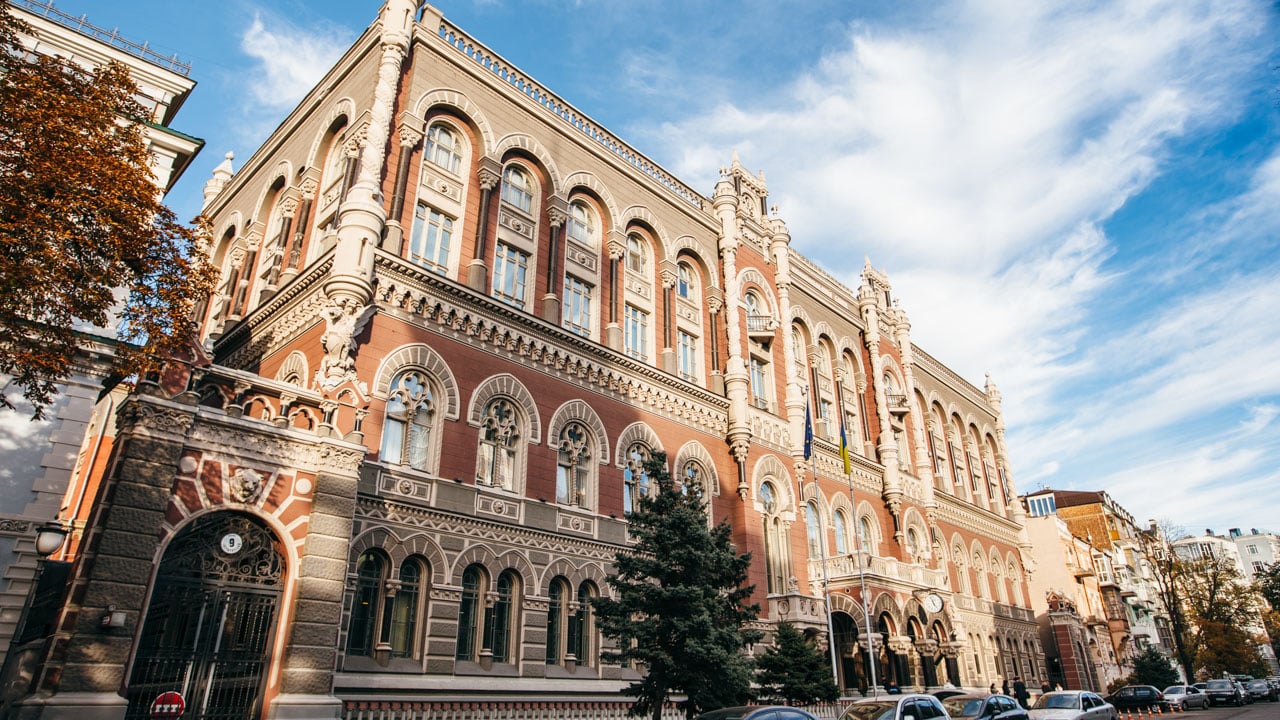The NBU kept the discount rate at 15.5%: what experts think about it
25 October 13:08
on October 23, 2025, the National Bank of Ukraine decided to keep the key policy rate at 15.5%. The regulator explained that despite a noticeable slowdown in inflation in recent months, inflationary risks have increased, primarily due to the energy deficit and growing budgetary needs.
The NBU emphasized that amid the war, monetary policy remains relatively tight in order to maintain the attractiveness of hryvnia assets, the stability of the foreign exchange market and to ensure a gradual decline in inflation to the 5% target in the medium term.
Delo.ua editorial staff talked to financial analysts and bankers to find out how they assess the NBU’s decision and its implications for the economy, deposits and lending, "Komersant Ukrainian" reports.
According to the regulator, consumer inflation slowed to 11.9% year-on-year in September. At the same time, underlying price pressures remain persistent, and core inflation fell to only 11.0% yoy in September. The NBU notes that the slowdown in consumer price growth was primarily due to this year’s good harvests, but the cost of services and processed food continues to rise.
According to the NBU’s forecast, inflation will decline to 9.2% in 2025, to 6.6% in 2026, and to the targeted 5% at the end of 2027.
On the implications of the NBU’s decision for the economy, deposits and lending
Mykhailo Demkiv, Financial Analyst at ICU Investment Group, noted that the regulator’s decision was somewhat unexpected, as the regulator has been keeping interest rates high longer than expected.
“The NBU’s decision was somewhat unexpected. The regulator has been keeping interest rates high for longer than expected. At the same time, there is a high probability that inflationary risks will not materialize, so hryvnia assets may provide quite attractive yields in the near future,” emphasized Demkiv.
At the same time, Dmytro Zamotaev, Director of Retail Banking at Globus Bank, believes that the NBU’s decision to keep the discount rate at 15.5% is quite natural. According to him, inflation is gradually recovering, albeit more slowly than last year, so the regulator has shown prudence by refraining from easing monetary policy.
“In September, the consumer price index grew by 0.3%, and in October, prices are expected to increase by an average of 0.5%. I will say this: in September there was a window of opportunity when, after a three-month decline in consumer prices, the background for easing monetary policy seemed to have emerged. However, the NBU, as befits a regulator, was quite prudent, leaving the key policy rate and other monetary instruments unchanged,” explained Dmytro Zamotaiev.
The expert adds that the rate on 3-month certificates of deposit, which currently stands at 19%, has not changed either, so the yield on deposits will remain at the current level – from 13% to 14.5% per annum.
“It is logical to assume that the yield on deposits will be almost “unshakable” and, depending on the term of placement, will range from 13% to 14.5% per annum. This is why the maximum rates on the market have been reaching 17% per annum for the last 1.5-2 months,” says Mr. Zamotaev.
Regarding loans, the expert emphasizes that the unchanged discount rate can be seen as a signal for steady loan applications. At the same time, he said, more than 50% of loans for small and medium-sized businesses are currently issued under so-called “partnership programs”. Currently, interest rates under such programs are on average 2 pp lower than the market rate and range from 15% to 18%.
“The discount rate is the cost of money. If it goes down, there is a potential opportunity to liberalize credit conditions. And vice versa: if the discount rate rises, then the conditions for loans become more stringent. Therefore, the “unchanged” discount rate can be seen as a signal for stable loan rates,” the banker emphasizes.
According to Dmytro Glinsky, Deputy Executive Director of the Independent Association of Banks of Ukraine, keeping the rate at the current level reflects the NBU’s conservative approach to monetary policy, which is justified in the face of increased risks, in particular due to the shelling of energy infrastructure.
“Amid uncertainty and renewed attacks on energy infrastructure before the winter season, the risks to macrofinancial stability are increasing. Under these conditions, it is better to stick to a more conservative monetary policy stance. In fact, the NBU’s latest decision to keep the key policy rate unchanged reflects this conservative approach. This decision maintains the attractiveness of hryvnia assets, especially deposits in the national currency,” the expert said. Dmytro Glinsky added that inflation is gradually subsiding according to the latest figures. In particular, industrial price growth slowed in September to 1.3% year-on-year, while consumer inflation fell to 11.9%.
“To some extent, these changes are due to the prudent monetary policy pursued by the NBU. In times of war, the priority of monetary policy is overall stability, not demand stimulation,” said Dmytro Hlynskyi.
He also emphasized that banks continue to increase lending to the economy, and a stable interest rate only facilitates their credit expansion.
“Over the past year, hryvnia loans to businesses have increased by 20%, and loans to individuals by 21%. This is a powerful growth trend. We are talking about an increase in the gross loan portfolio in national currency by UAH 166 billion,” says Dmytro Hlynskyi.
On October 23, the Board of the National Bank decided to keep the key policy rate unchanged at 15.5%. Despite the decline in inflation in recent months, inflation expectations remain high, and pro-inflationary risks, in particular those related to the growing energy deficit and budgetary needs, have increased.









